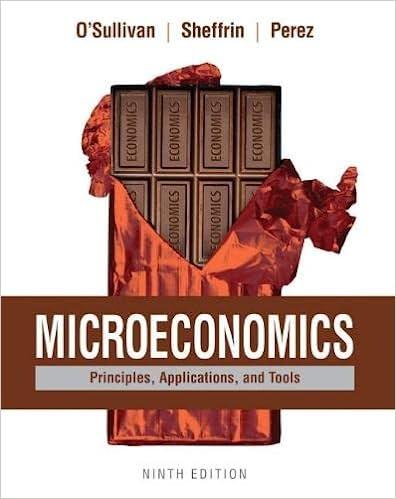In the chapter opener, a pipeline break decreased the supply of gasoline to the city of Phoenix
Question:
In the chapter opener, a pipeline break decreased the supply of gasoline to the city of Phoenix by 30 percent and increased the equilibrium price by only 40 percent. Given a short-run price elasticity of demand for gasoline of 0.20, a price increase of 150 percent would be required to decrease the quantity demanded by 30 percent. Why did the price increase by only 40 percent?
To predict a change in the equilibrium price, we must look at both sides of the market, demand and supply. When the Texas pipeline broke, gasoline sellers in Phoenix switched to the West Coast pipeline. The increase in the Phoenix retail price allowed Phoenix sellers to outbid sellers in other cities for gasoline produced by West Coast refineries. This is the law of supply in action: the increase in the Phoenix price diverted gasoline from other cities, reducing the impact of the pipeline break. As a result, the equilibrium price increased by only 40 percent, not the 150 percent that would have occurred in the absence of the supply boost from West Coast refineries.
We can use the price-change formula to illustrate this case. Suppose the price elasticity of supply is 0.55 and the price elasticity of demand is 0.20. In this case, a 30 percent decrease in supply generates a 40 percent increase in the equilibrium price:


Question.
How does a decrease in supply affect the equilibrium price?
Step by Step Answer:

Microeconomics Principles Applications And Tools
ISBN: 9780134078878
9th Edition
Authors: Arthur O'Sullivan, Steven Sheffrin, Stephen Perez





